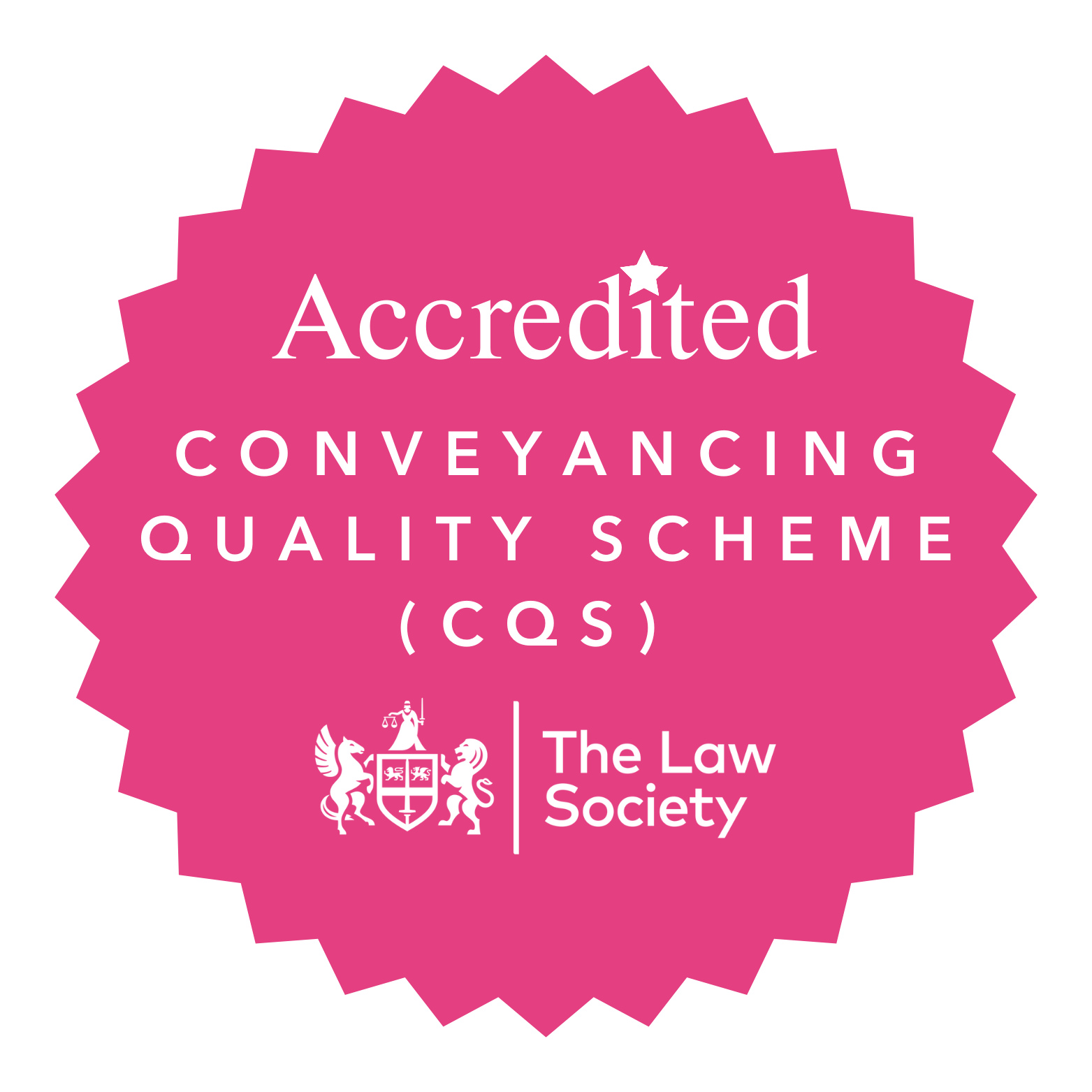Many GPs aspire to join a GP partnership one day and the temptation is great – a common purpose, the pooling of talents, equipment, resources and relationships which can increase earning potential.
Similarly, for established practices, it is important to consider and maintain a workable succession plan – the fine line between protecting and growing the practice and being attractive and affordable enough for potential partners to want to buy in to thereby enabling partners to retire and exit the partnership at a time, and on terms, that work for the business and the individual partners.
As in any business relationship, and GP partnerships are businesses, preparation and robust due diligence and decision making is key to avoid legal and other pitfalls which could otherwise leave individual GPs and GP partnerships licking their wounds.
The first steps to either setting up in partnership or introducing a new partner to an existing partnership involves comprehensive due diligence on both sides. It is important that incoming partners have the opportunity to review core business and financial documentation while the practice must obtain full and complete references for the new partner in addition to the more subjective test of assessing whether partners’ personalities are a workable fit.
Any incoming partner will need to review the last three years accounts of the partnership to understand its financial status, not only to ascertain the likely returns will be but, perhaps more importantly, to be aware of what liabilities the practice has. Unlike in a limited company or limited liability partnership partners in a general partnership are, as far as the outside world is concerned, jointly and severally liable for all the obligations of the business.
It is also crucial that any incoming partner is made aware of whether practice premises are leased or owned and, if it’s the latter, whether incoming partners have the option to or are required to “buy in” and the cost, risks (and benefits) of this.
There are many things to consider before entering into GP partnership. Capital/profit shares; premises and partnership assets; insurance; partner entitlements and restrictions; and exit mechanisms – to name but a few.
Without a written GP partnership agreement dealing with these matters and formalising the working relationship of the partners, disputes can easily arise.
Without a written GP partnership agreement dealing with these matters and formalising the working relationship of the partners, disputes can easily arise, not least because individual partners will have different (and in all likelihood changing) expectations. A GP partnership comes into being whenever people are “carrying on business in common with a view to profit” and there is no pre-requisite for a written agreement, however, since the default provisions which apply to GP partnerships without formal partnership agreements date back to the Partnership Act 1890, a written agreement ensuring the default provisions do not apply is always advisable.
The GP partnership agreement is therefore the most important document in any partnership. It identifies the obligations, responsibilities and restrictions of the partners in the practice and should be a living document which is regularly reviewed to ensure it continues to be appropriate to the way the partnership operates.
As partners are self-employed and not employees with employment contracts the partnership agreement also provides clarity on sessional and financial commitments, entitlement to profit share and the impact on this of absences (holidays, sickness, maternity/paternity), responsibility for locum costs; and mechanisms relating to expulsion and retirement.
Not only is it essential that all partners, including any new partners, sign the GP partnership agreement to confirm their understanding of, and agreement to, its terms, it is also essential that those terms are up to date. Periods of change within a partnership are inevitable and should always be accompanied by a review of the existing partnership agreement considering:
- Mutual assessment periods, ie: probation
- Working commitment and profit share, including immediate full parity or a plan to build up parity over time;
- Capital contributions: are they suitable, will they deter prospective partners and, if so, what are the options, eg: time to build up and/or building capital from undrawn profits?
- Ring fenced liabilities: do existing partners assume the responsibility of historic liabilities?
- Premises: will a new partner will be expected to buy in. If so: who will they acquire the interest from; when will they be expected to complete the “buy in”; how will the value be ascertained; is there a mortgage secured on the property; if the partners own the premises what happens when a partner leaves the partnership?
- Exit mechanisms: do they work from a practical perspective and do they protect the partnership whilst allowing partners to extract their investment on reasonable terms?
Essentially it all boils down to proceeding with caution and quite simply given that many GPs and practices are time poor it can become very stressful without legal help. It should be an imperative that a fit for purpose partnership agreement is drawn up with a law firm that has the knowledge and understanding of the complicated regulatory authority and the unique nature of the GP practice.
Any relationship is about counter-balancing and building. It can be hard, but it is rewarding, especially if the foundations are firm and built on trust.

For more information on setting up a GP partnership, contact Alison Brennan.






